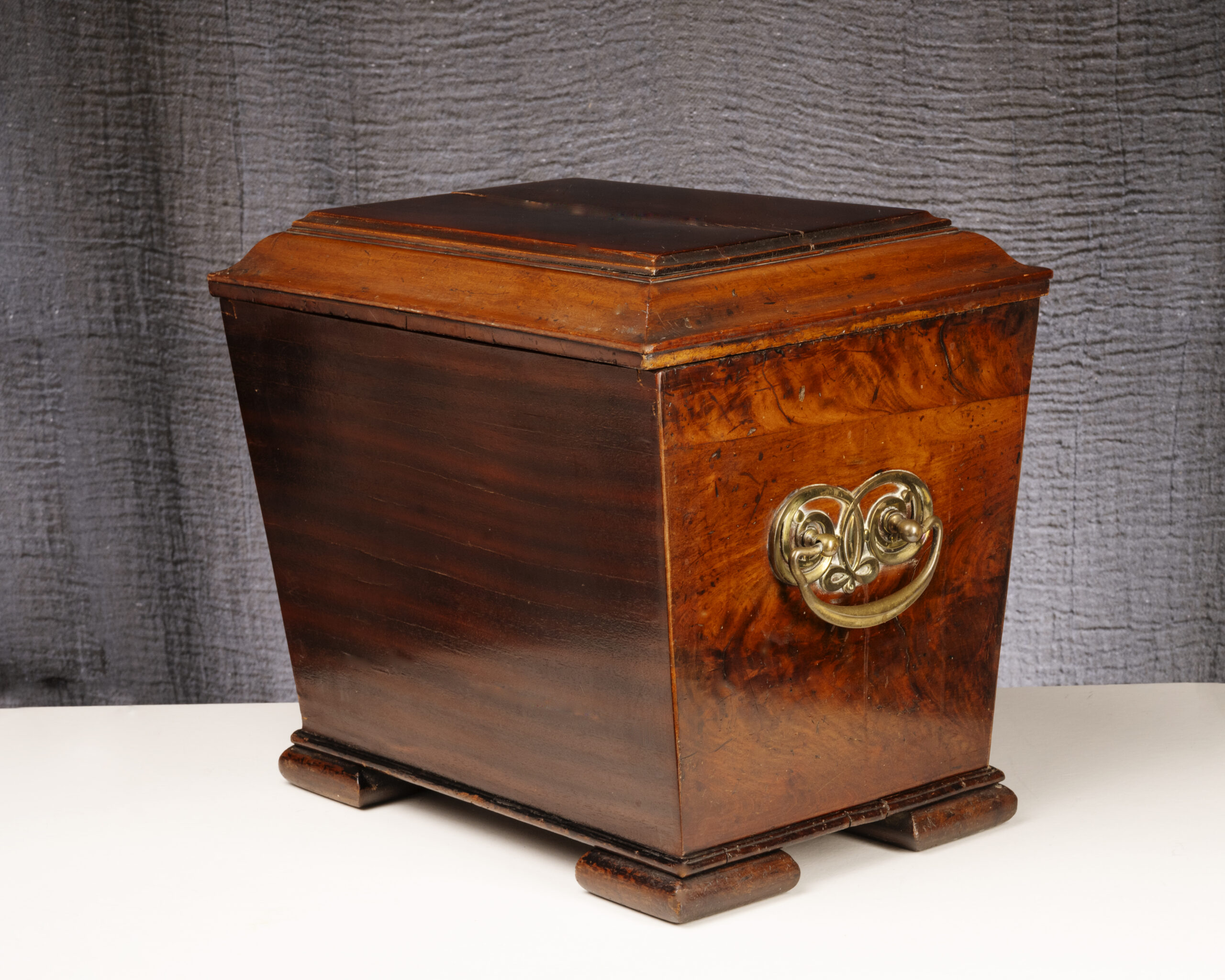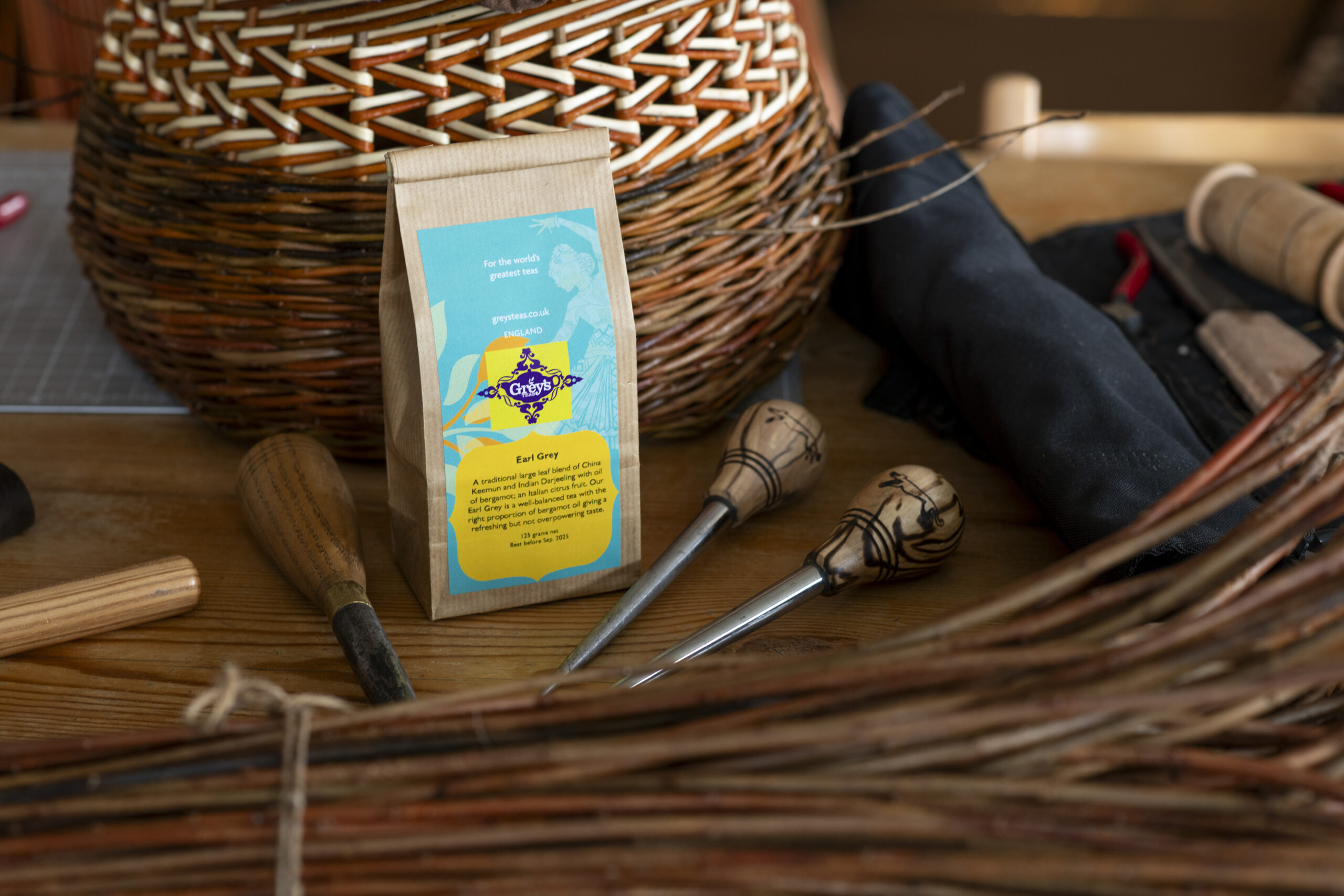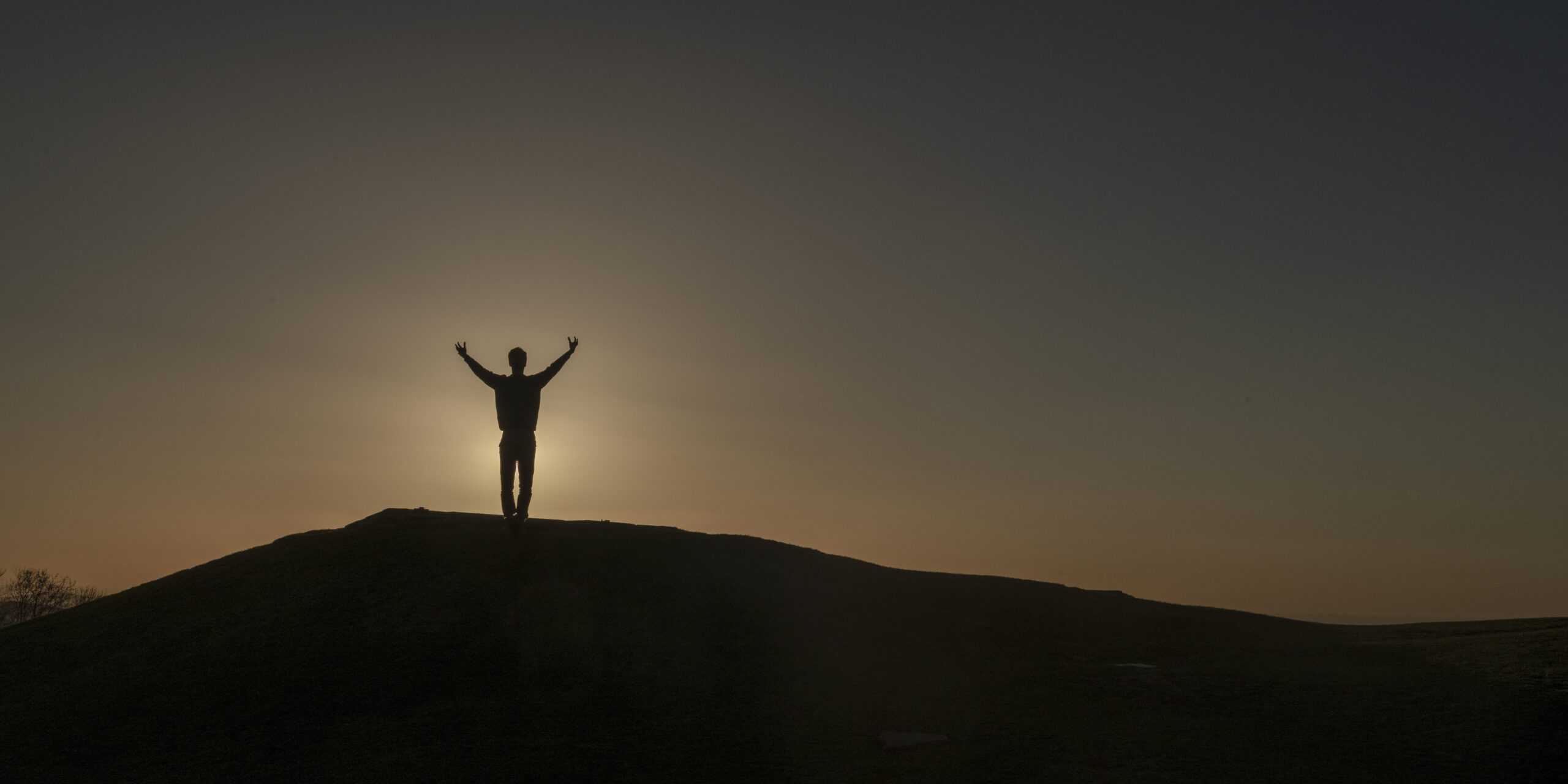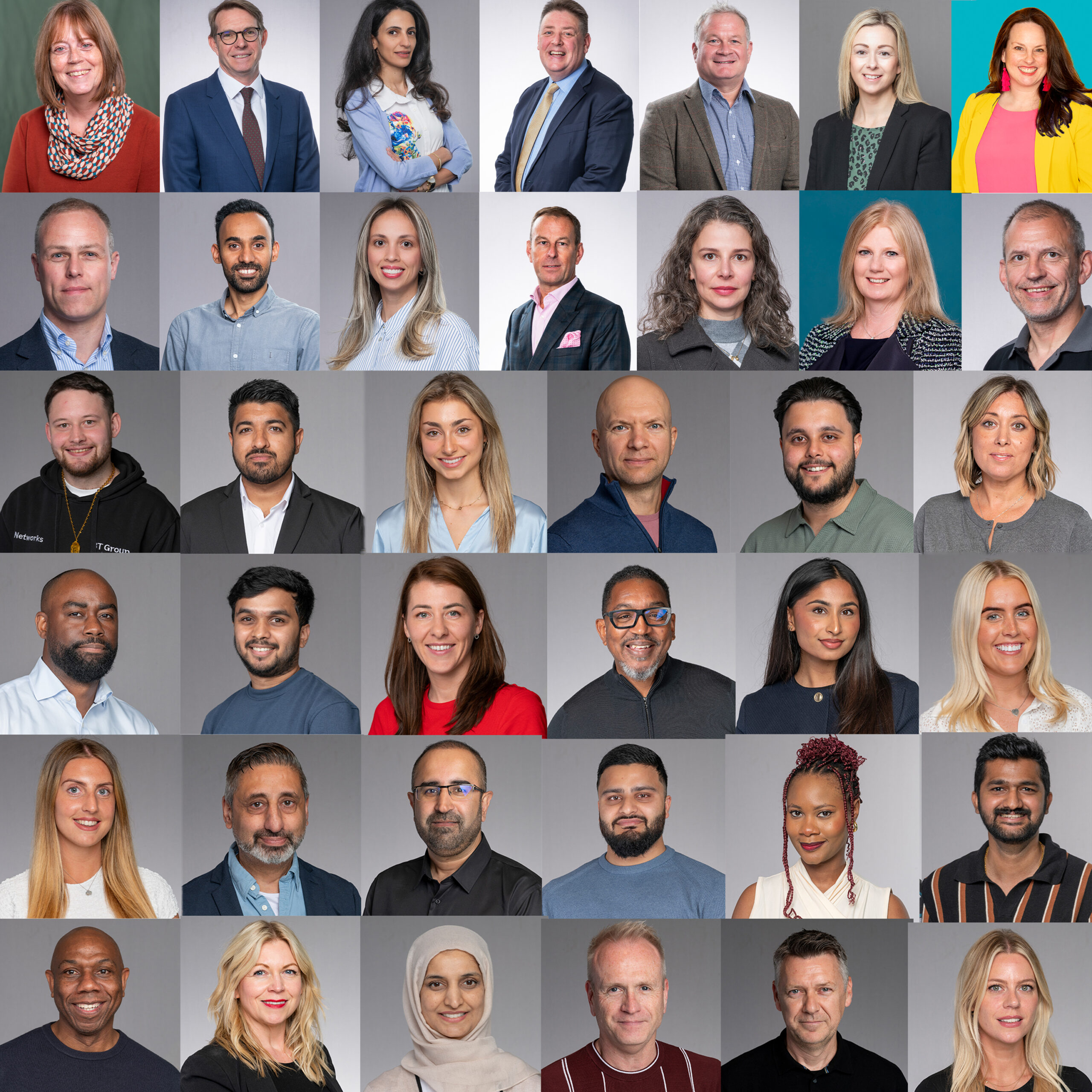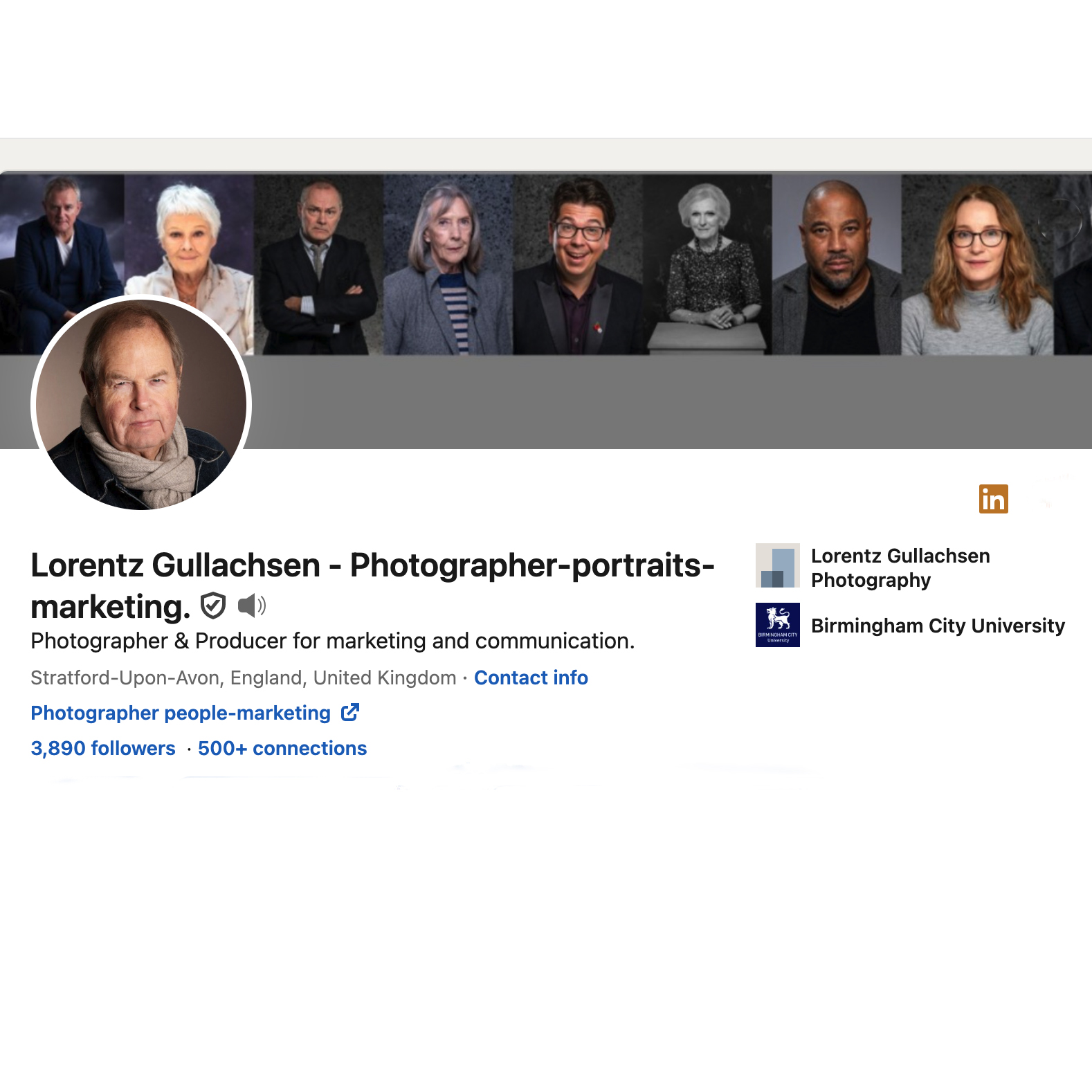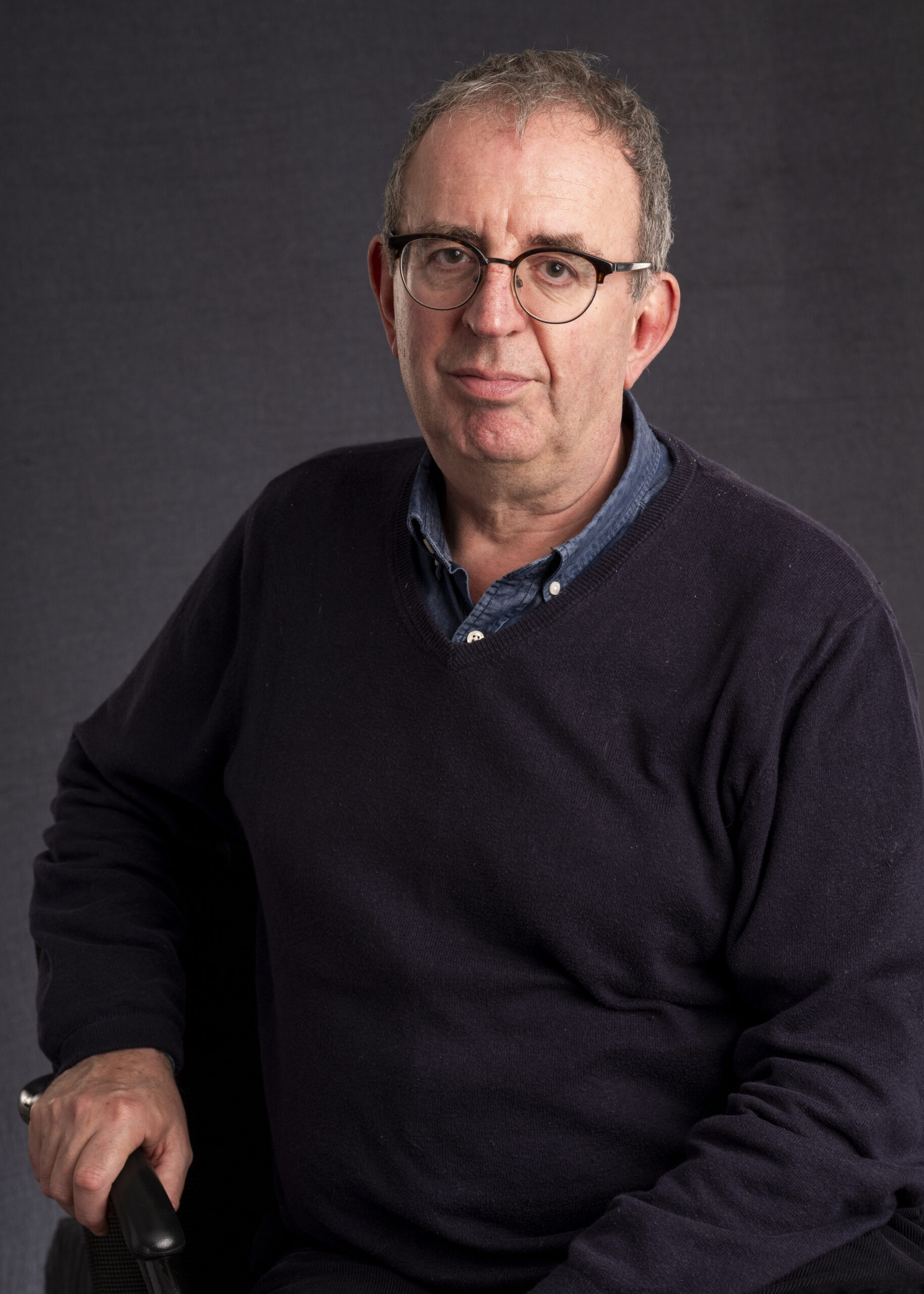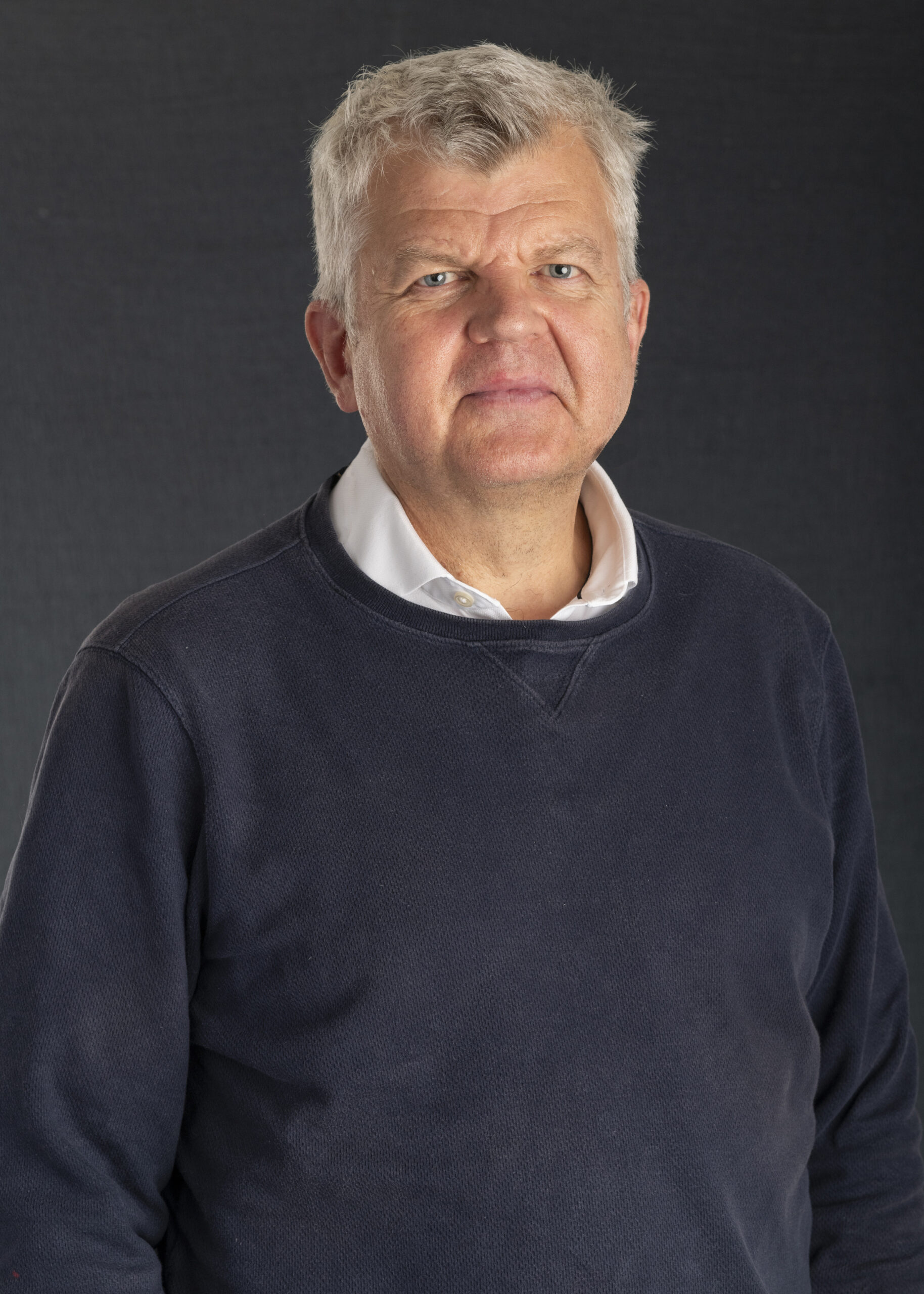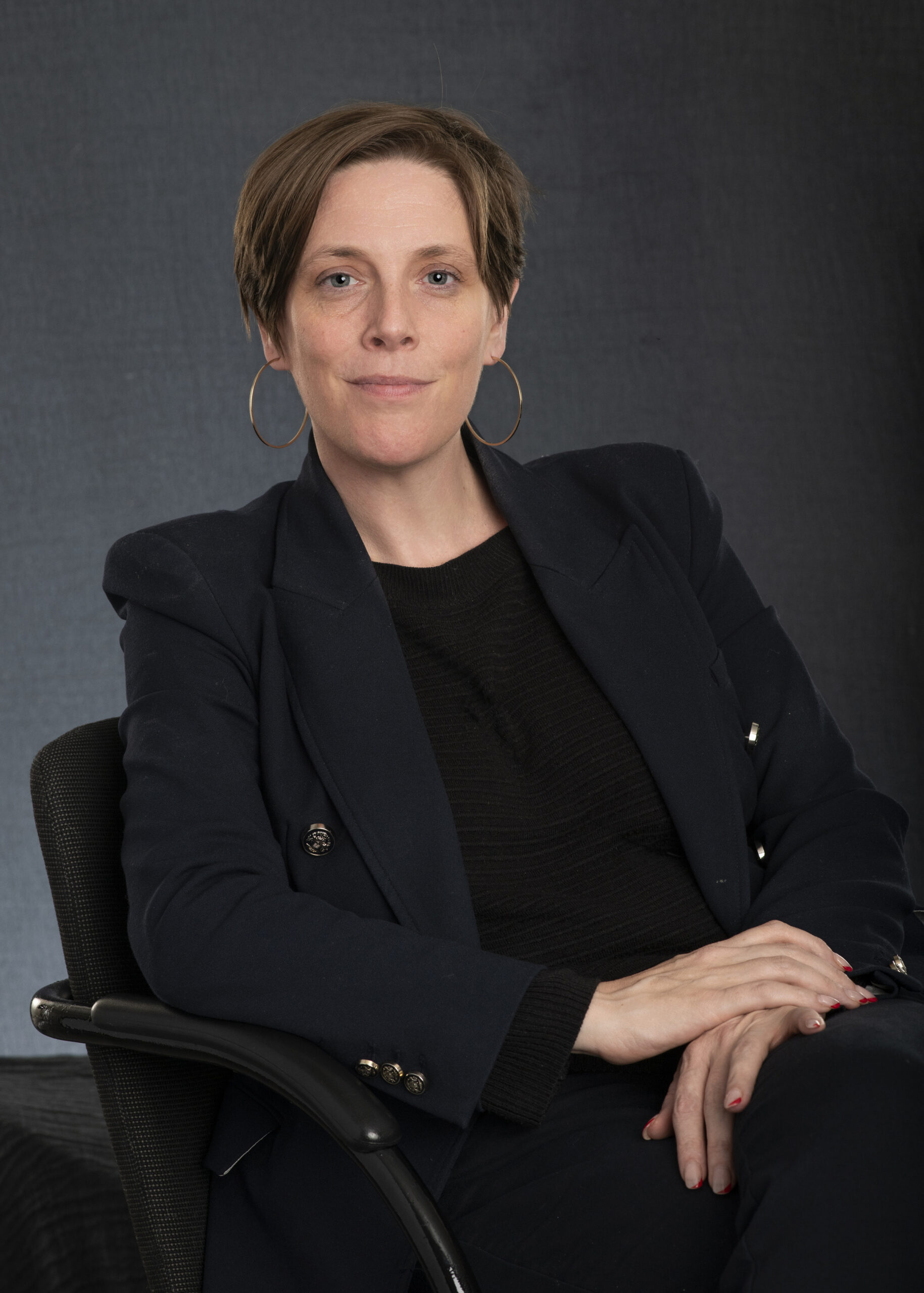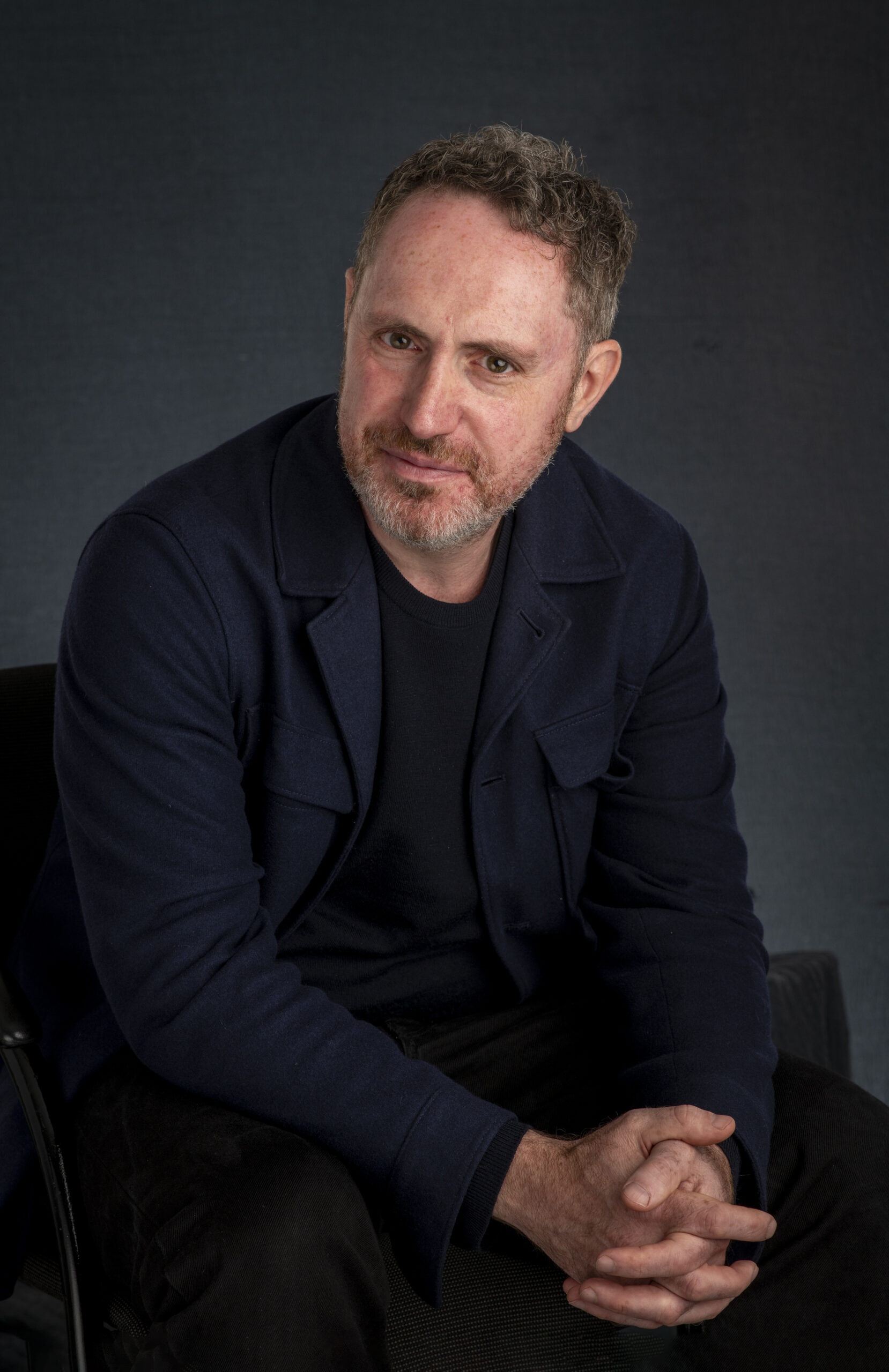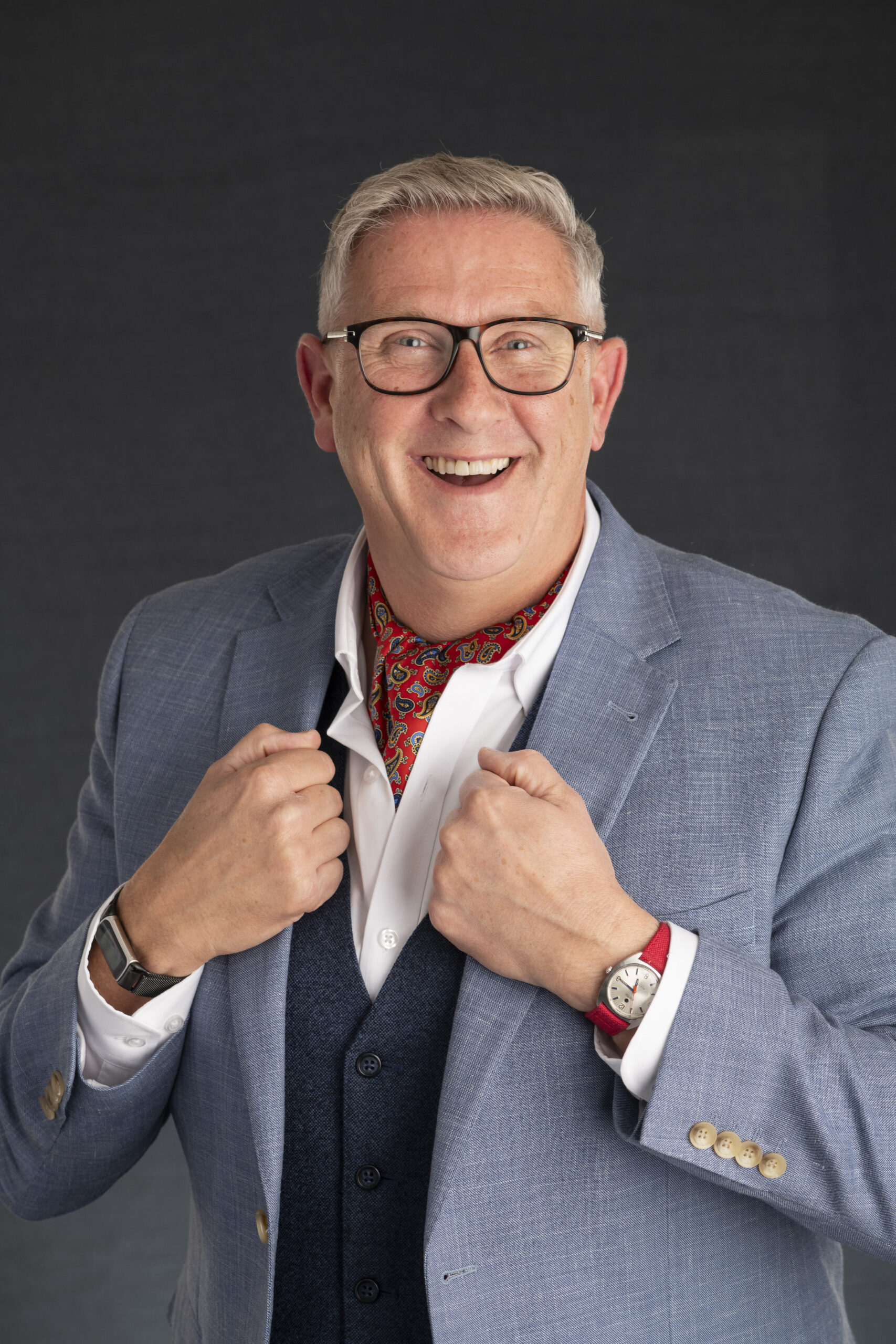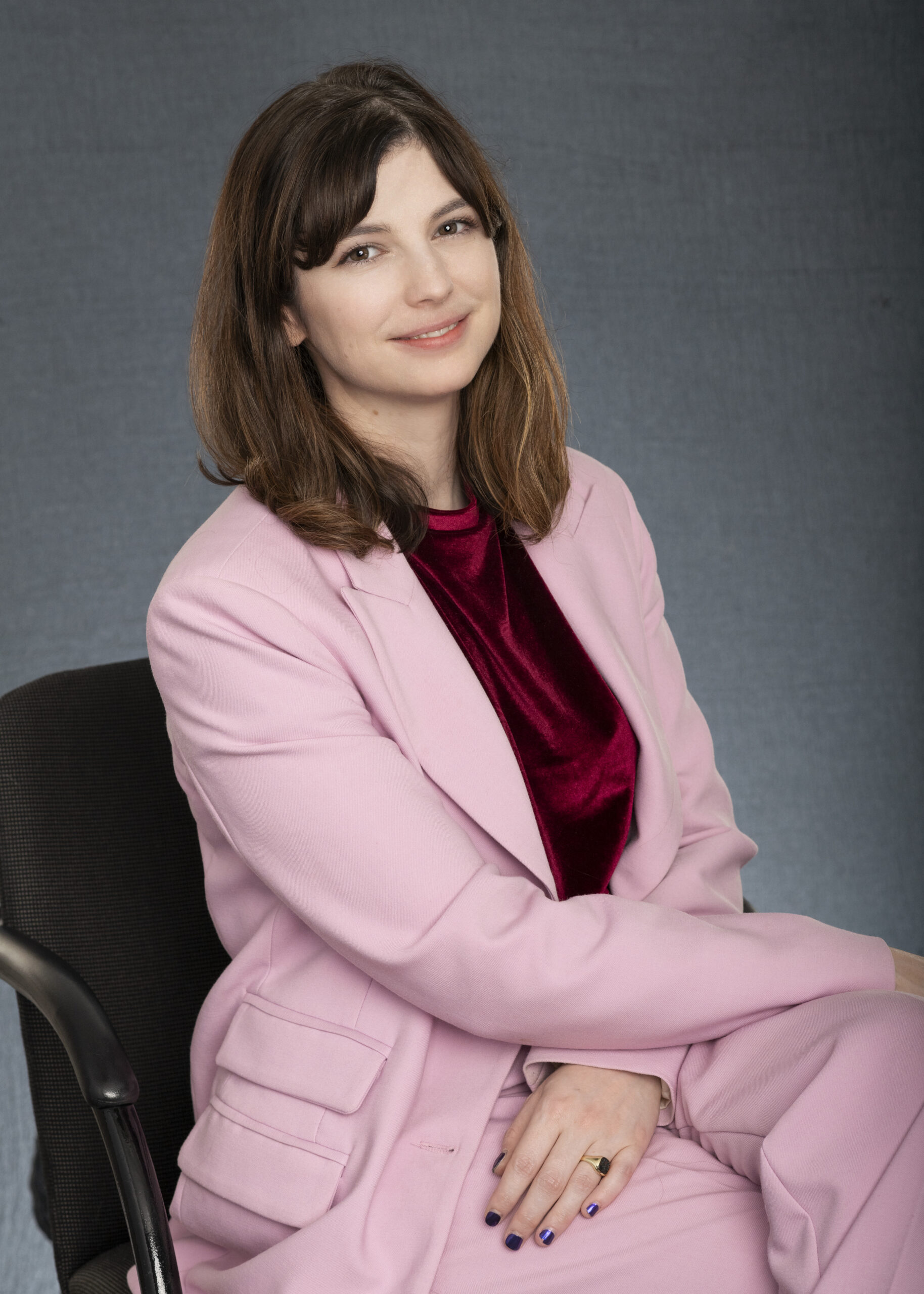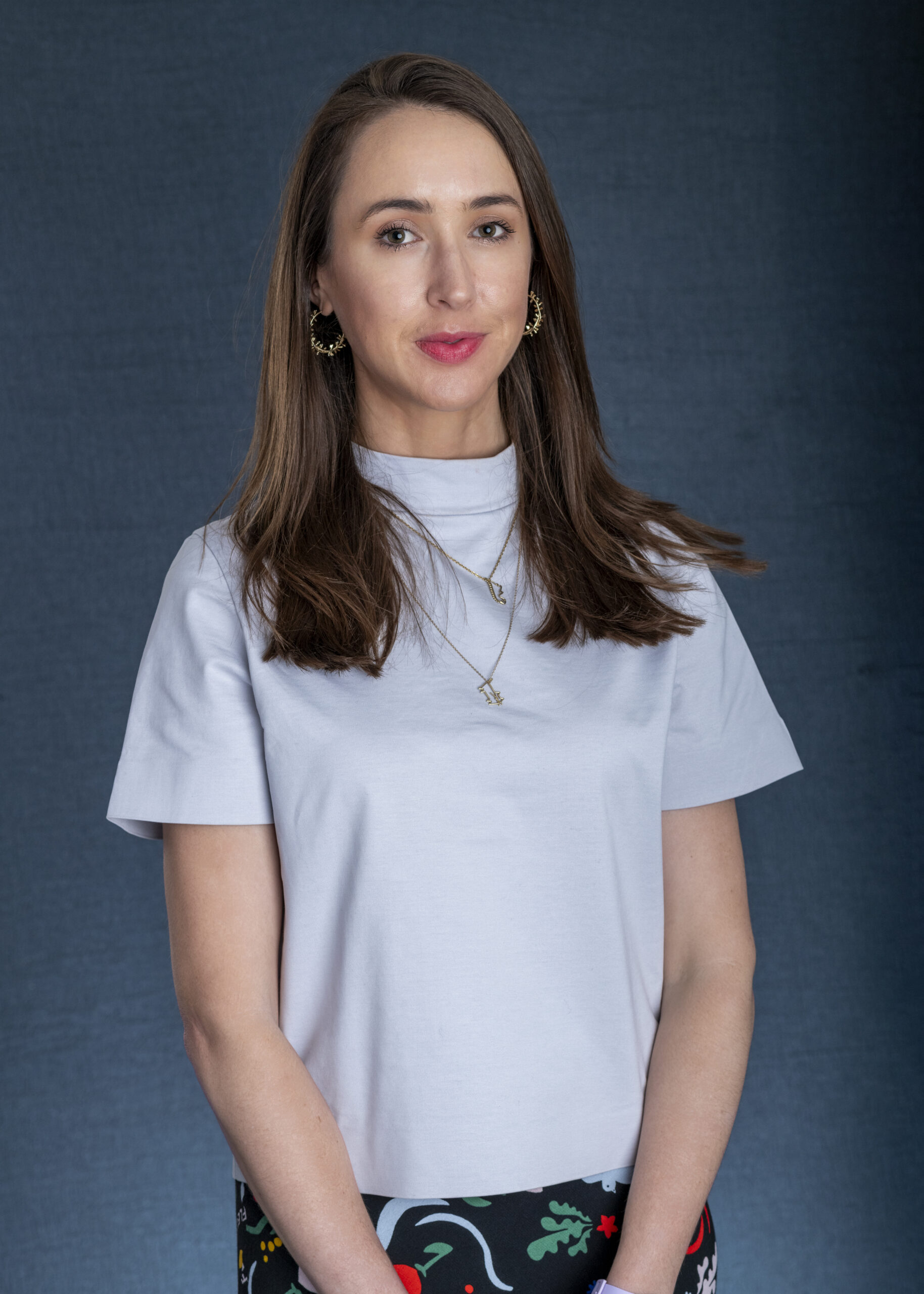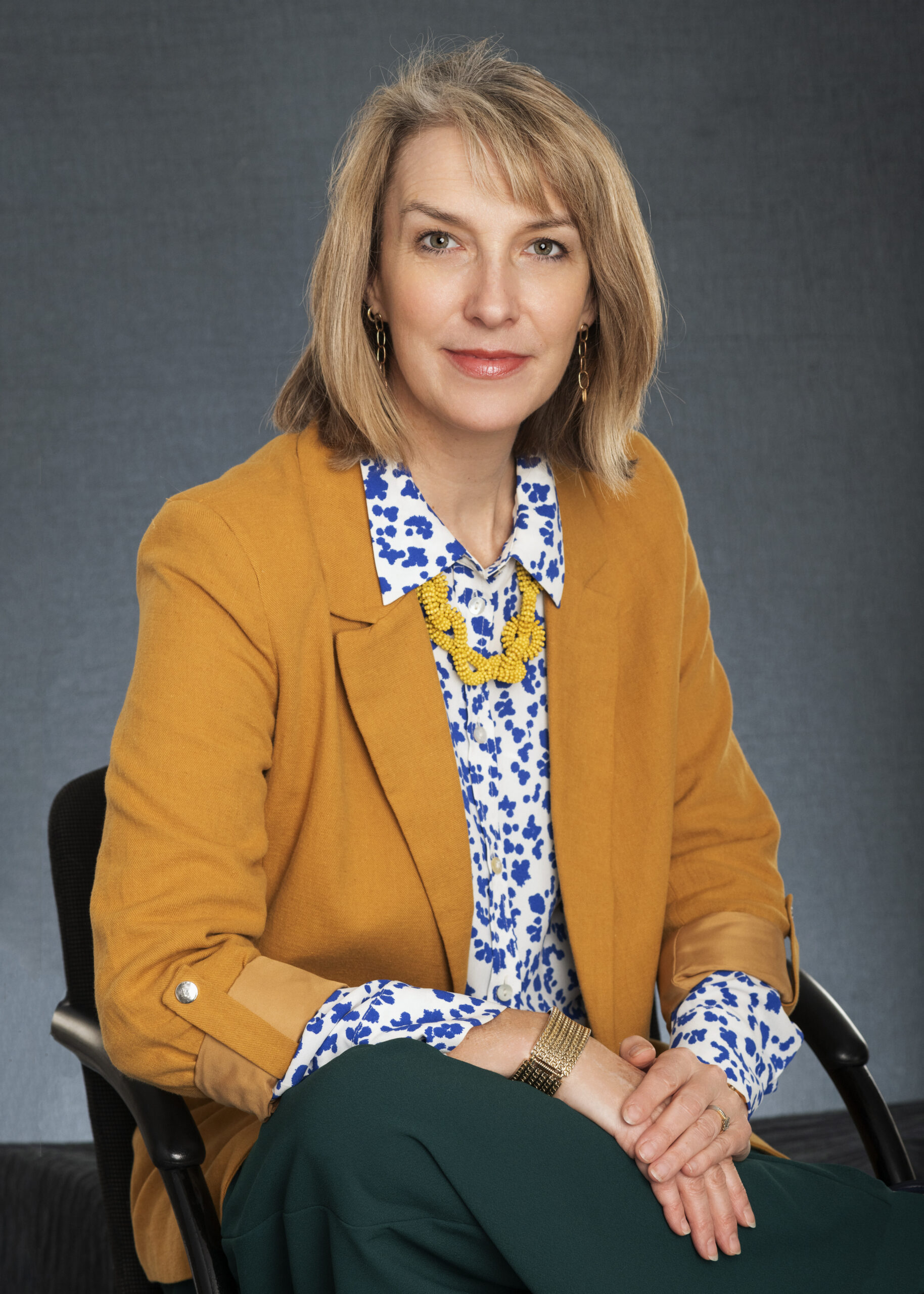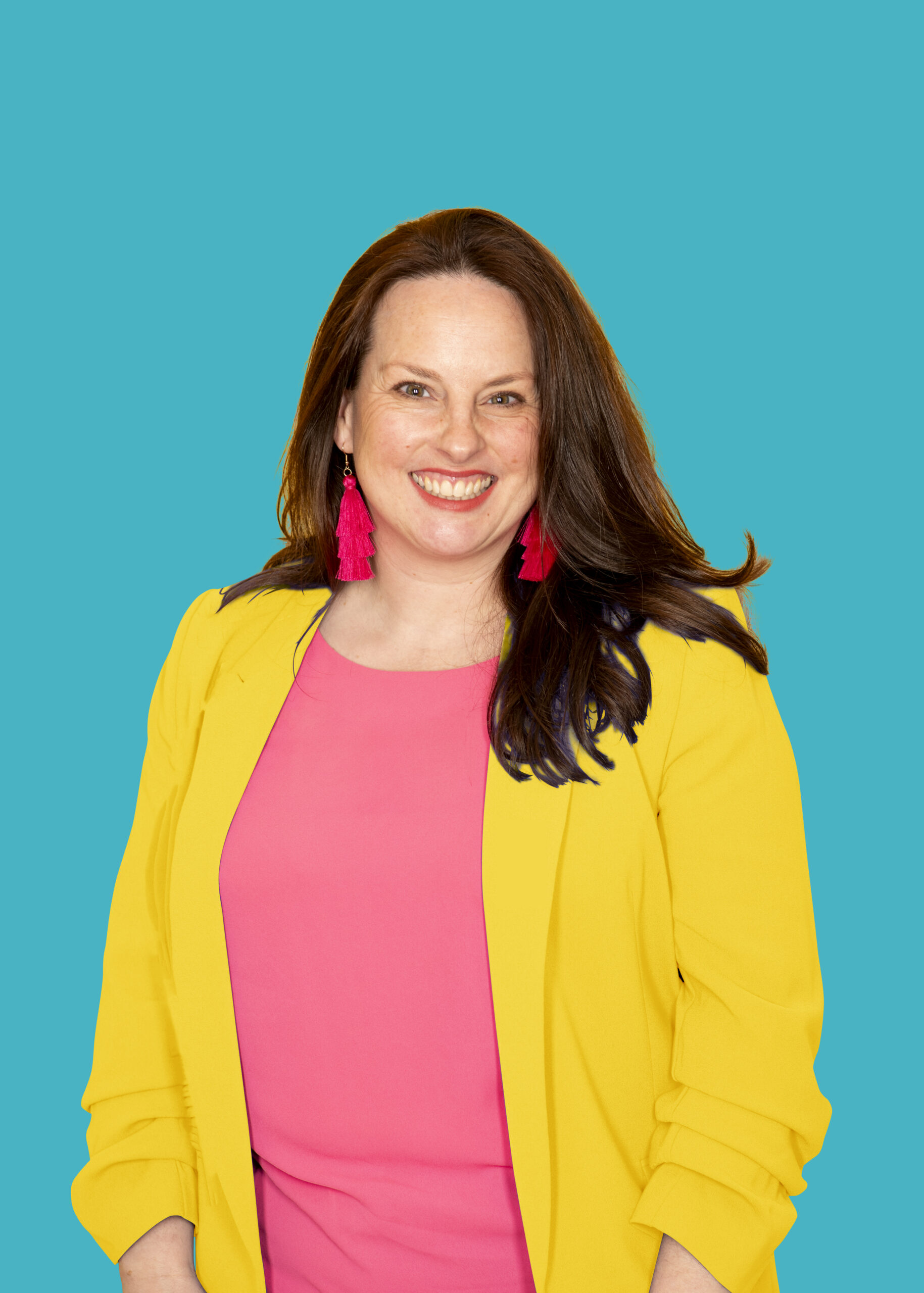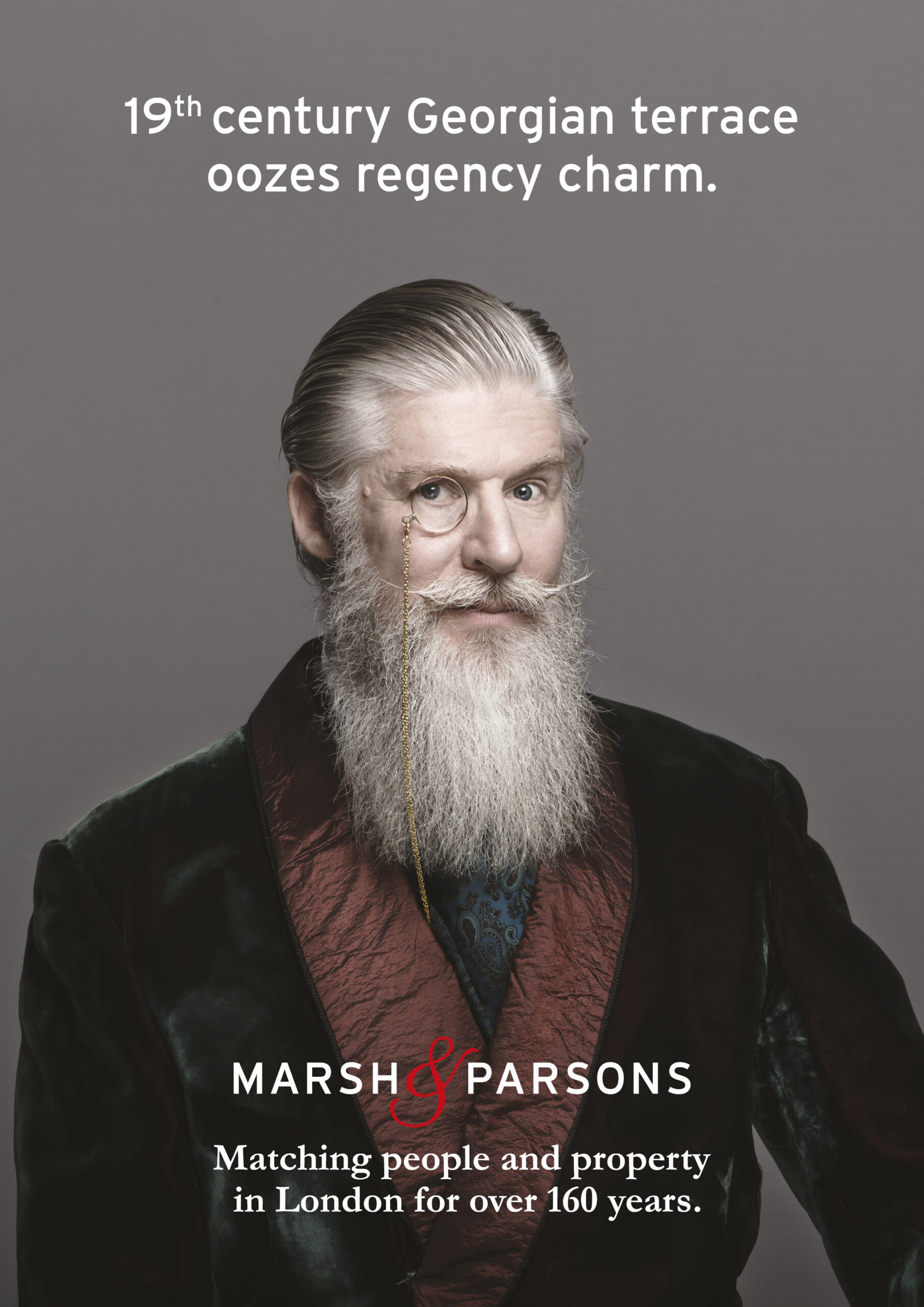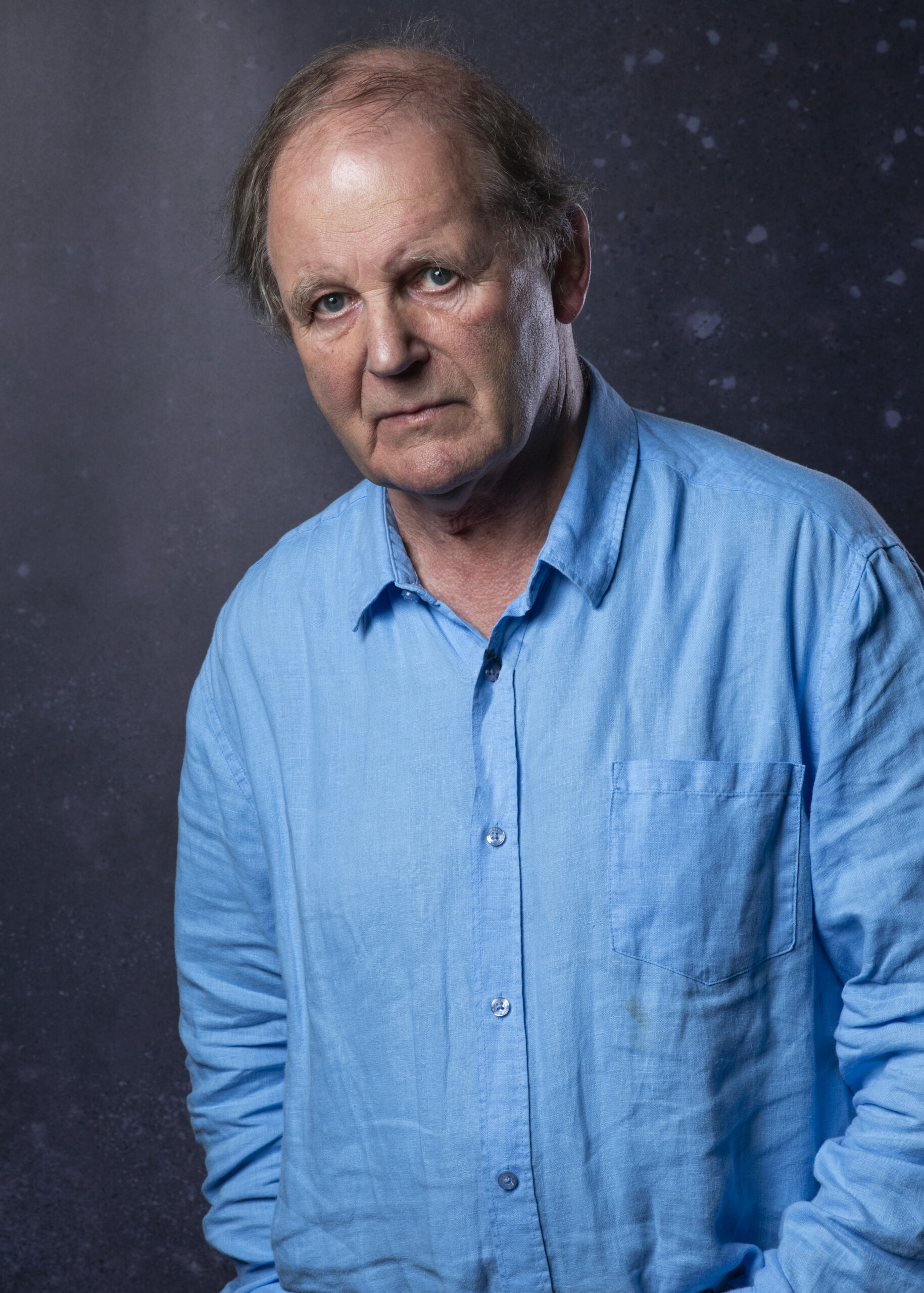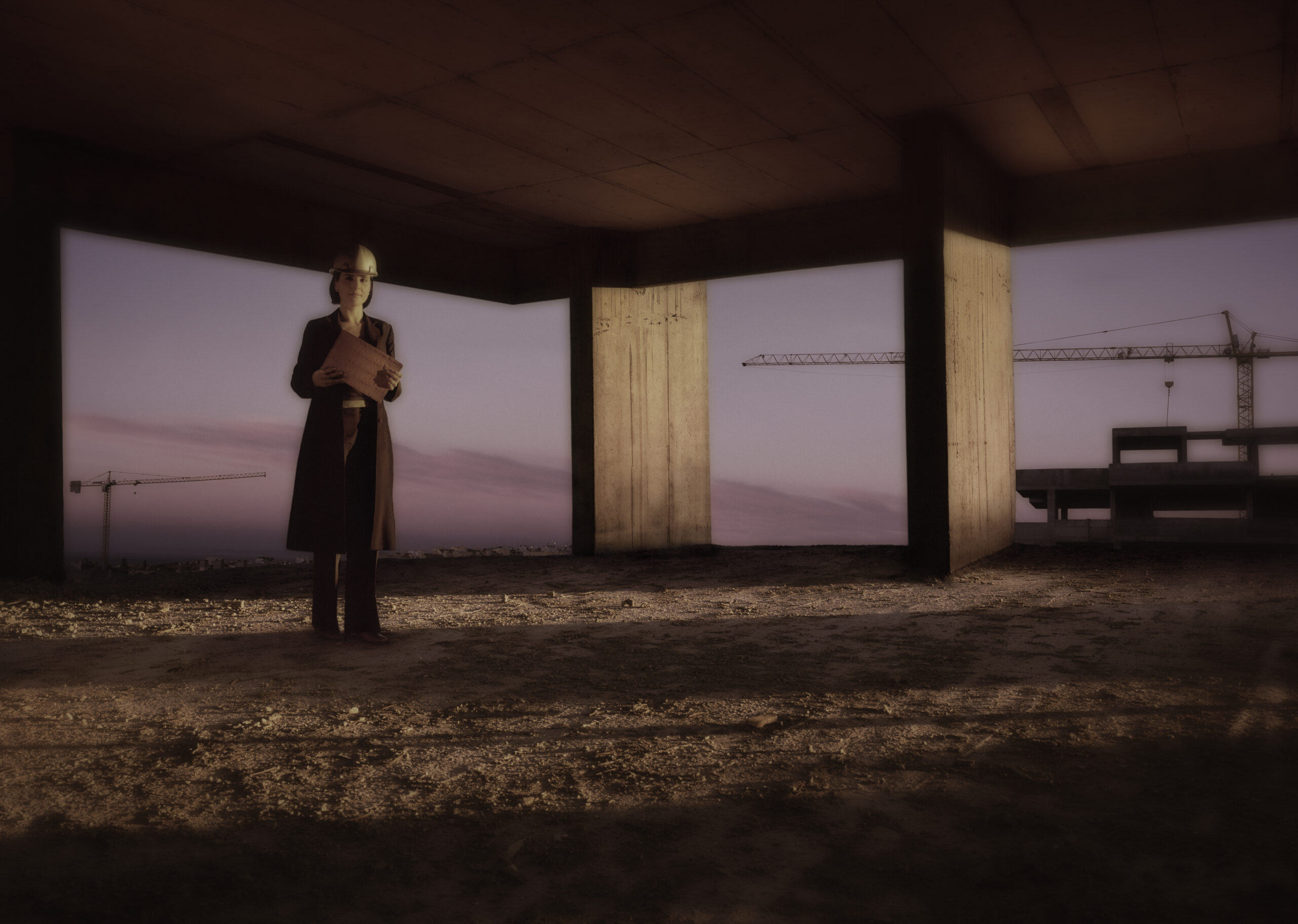So you have the task of organising the photography for your companies headshots, the website needs refreshing and everyone could benifit from a new Linkedin portrait.
Where to start?
Pick a date ideally at least two weeks ahead that you can get everyone in the office, it maybe a meeting that is already scheduled when most teams are in.
This is when you ‘pencil’ your photographer, that is hold the day but not confirm, till you have feedback from all as that the date is good!
Once you have a photographer ‘pencilled’ book the space that the photography is to be done, this is important, many offices will have a suitable space, a meeting room or leisure space, but it important to have the following .
- 4 metres x 4 metres minimum clear space.
- Neutral colour – white or grey ideally.
- A ceiling 2.5 metre height
- Controlled light – ie ability to turn off the lighting in the environment
- Control of any daylight – blinds- curtains
These are what is ideal, however I have certainly worked in very challenging locations, but with experience and bringing the correct kit, it is possible to work in small rooms and existing lights, but it is always good to have a 121 with the sitter, any distraction shall impact on the final result, so having a room dedicated to the portrait photography is going to make the experience and results much better especially for those who are reluctant models.
Make sure everyone knows that is the day when they are to be photographed and it is a requirement not a suggestion. I am sure there are acceptable ways to communicate that, but there shall be many who are less than happy to be photographed. Having notice allows those to book a hair appointment and maybe even buy a suitable top?
If you have a dress code, uniform or brand style this is when you need to have that all in place, on the day it is best to have some spare new tops, or what is usual so there are no excuses, nobody looking like a sore thumb with a track suit top or worse.
A professional office such as a law or financial firm may have a very relaxed dress code, but it maybe a good idea to agree what everyone wears, nowadays, I often shoot a subject with a Suit, shirt and tie, and then a more relaxed open neck and casual top. Tell everyone this is an option if it is, communication and decent notice is key.
Hair and make up – I usually have a mirror and basic make up requirements such as tissues etc, I can provide a hair and make up artist , however this greatly increases time and cost, but it maybe a consideration with certain personal and use of the images. This is something to discuss early on with the photographer.
Could your headshots session be part of a day that an event is planned, maybe a training Day?
Is It something you may want to consider if the day is dedicated to an event where there is a treat for all, pamper day or a celebration of a big win. The headshots can be just part of that day and make it fun! A buffet for all?
Agree with your photographer what background colour you want, and also the style, I shoot in many ways, appropriate to the type of business and how the brand is communicated, a certain brand palette may dictate a background, especially if there are already images that are in place, international companies shall need some guidelines for those abroad.
If there is a new website or a brand change, maybe this is where you involve the photographer, I often do a test shot to establish a style, I present a few options and with Marketing & Comms a look is established.
Time for the photography.
The photographer should be set up at least 30 minutes before the first subject is scheduled, even with a slick pop up background, and state of the Art lighting, it takes time to set up, the first subject can be you, so the photographer can test the lights and ensure all is working. Then the fun can begin.
I have shoot thousands of headshots over the years and it is possible to produce an image very quickly, however it is important to produce portraits rather than quick headshots, so ensure there is time to produce a good number of variations for each subject, there are no rules, but I suggest at least 15 frames of each person will produce one great likeness, a few shots, with blinks, nerves and with the tension means that you shall be lucky to deliver a great shot, it maybe OK but this image shall be seen every day and the person should be happy with the result .
I recommend at least 7 minutes with each subject, ideally 10 -15 minutes.
If you are organising a schedule, there is ideally some flexibility, especially if someone has a call or can’t arrive because of transport.
Produce a subject list, with their times, and give the photographer a copy too. A print out so it is easy to tick off, make notes and find out who is missing!
How to select the final headshot?
I can only speak for myself, but I need to take a minimum of 10 images, but it can be many more, I usually know when I have a great shot ‘in the bag’ but I shall have many back up shots that can be chosen even a fast shoot.
The proof images shall be sent to the client via delivery system such as WeTransfer and then the best shot is selected , ideally the low res proof images be presented to the subject, so that they can select and ‘own’ the image, if time or shear numbers prevent that the selecting of the final image image can be done, but it works best when the subject is involved in the process.
I am certainly happy to edit and select the best image, but it is subjective and should only be done when time is an issue.
The selected image is then processed and retouched, this can include cleaning up stray hair, dust on clothes and certainly improving skin , I try not to use filters, but do what a good make up artist would do, accentuate the best and hide what you ideally would not have, that spot that appeared on the day of the photo shoot.
This final image is then sent to the client at full size high definition and then send a smaller , web-sized image is also sent so the image can be used for social media easier.
That is usually the end of the process, except then an invoice shall be sent, with certain companies, the accounts dept have to get you onto the system, with certain international companies that can be a great deal of effort that the client does not want, therefore I provide card payment facilities that can hopefully help the process.
The images are then licensed usually for 10 years, the copyright is the photographers according to British Law, I advocate this system as it actually protects the subjects, as a photographer is able to prevent third party use, something that a company may find difficult but that is a rare issue.
So if you need to organise a headshot photographic session, hopefully you shall call me and if I am unavailable, I have a number of trusted fellow photographers that I can recommend, so please call or email when you need those headshots.
The process can be easy, fun and succesful just ensure you use an experienced professional photographer and hopefully this information will help.
Lorentz Gullachsen
